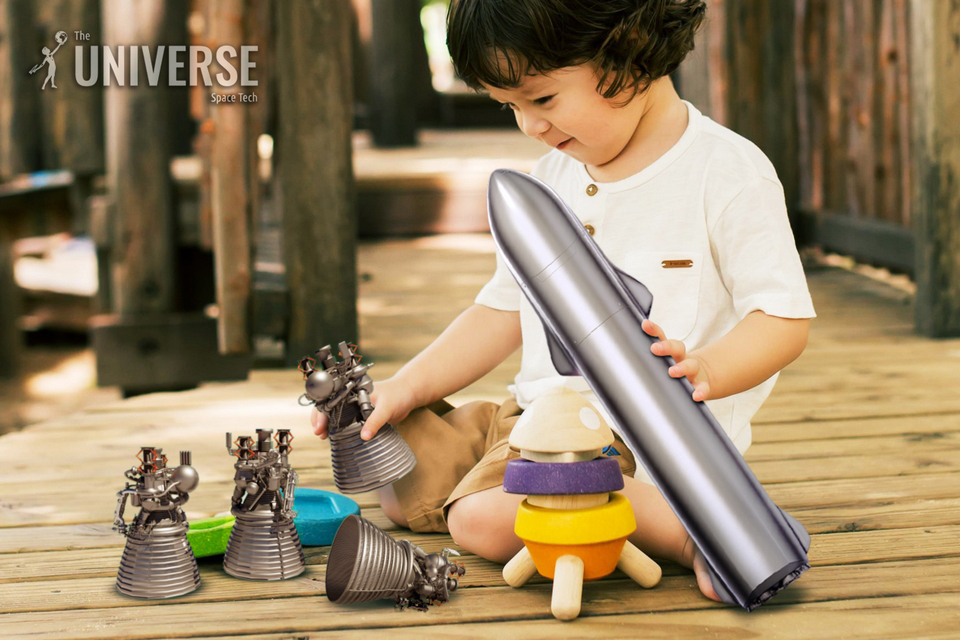Often, things that are not as complicated as they initially look are said to be “not rocket science”. Everything related to spacecraft launches really requires a thorough knowledge of mathematics and physics. However, the basic principles of jet engines are not as complicated as it may seem.

1. How do jet engines repel from the void?
To move in space, it is necessary to be able to push off from the void, because there is nothing else there. The jet engine is one of the few engines that can do this. For this, it uses the law of momentum conservation. If you push a certain mass away from you at a certain speed, then you will receive an impulse numerically equal to the product of this mass by its speed and directed in the opposite direction.
In jet engines, gases formed as a result of fuel combustion act as a working fluid. They have a small mass relative to the entire rocket, but a very high speed. Accordingly, every second when the engine is turned on, the spacecraft receives a small but constant acceleration.
2. Why can’t jet planes fly into space?
At first glance, it may seem that the rocket engine is the same thing that allows atmospheric aircraft to move. Both are called jet engines and use the principle of conservation of momentum to accelerate. But there is a significant difference. Aircraft engines need ambient air to work.
In order for the fuel to burn and the chemical energy to turn into an impulse, it is necessary that oxygen enters the engine under a certain pressure. That is why airplanes cannot fly even at high altitudes, let alone in a vacuum. Their engines just stop working there.
3. What burns in rocket engines?
The lack of air in space means something that the fuel will react with, and it is necessary to take with. That is why rockets contain containers not only for fuel, but also for an oxidizer. These two components are supplied to the combustion chamber and react, forming gases and releasing a certain amount of heat.
Thermal energy passes into the mechanical movement of molecules. The gas is trying to expand, but the only direction in which it can do this is through a hole called a nozzle. This is how the flow of matter is formed, creating the acceleration of the spacecraft. Of course, this whole system requires a lot of fuel for long-term operation.
4. What is traction?
Thrust is the main characteristic of a rocket engine. In essence, this is the power that it can create. If we divide it by the mass of a rocket or spacecraft, we get the acceleration that it acquires as a result of the engine operating in outer space. In turn, this force is numerically equal to the product of the mass of gases flowing out of it by the resulting acceleration. Finally, the acceleration of gases is the speed they acquire in a second.
In order for the rocket to take off, the thrust of the engine must be greater than the gravity and air resistance that act on it. The difference of these forces, divided by the mass of the rocket, gives its acceleration at launch.

5. Why do rockets need so much fuel?
However, thrust is only one of the main characteristics of rocket engines. The second is called the specific impulse. This is an impulse that is created when one kilogram of gases formed as a result of the burning reaction is ejected from the nozzle. Numerically, this value is always equal to the rate of gases, and it cannot be greater than that given to them by a chemical reaction.
That is why modern rockets require so much fuel and oxidizer to launch from Earth. Their specific impulse does not exceed 4.5-5 km/s. Because of the mass ratio.
Follow us on Twitter to get the most interesting space news in time
https://twitter.com/ust_magazine
